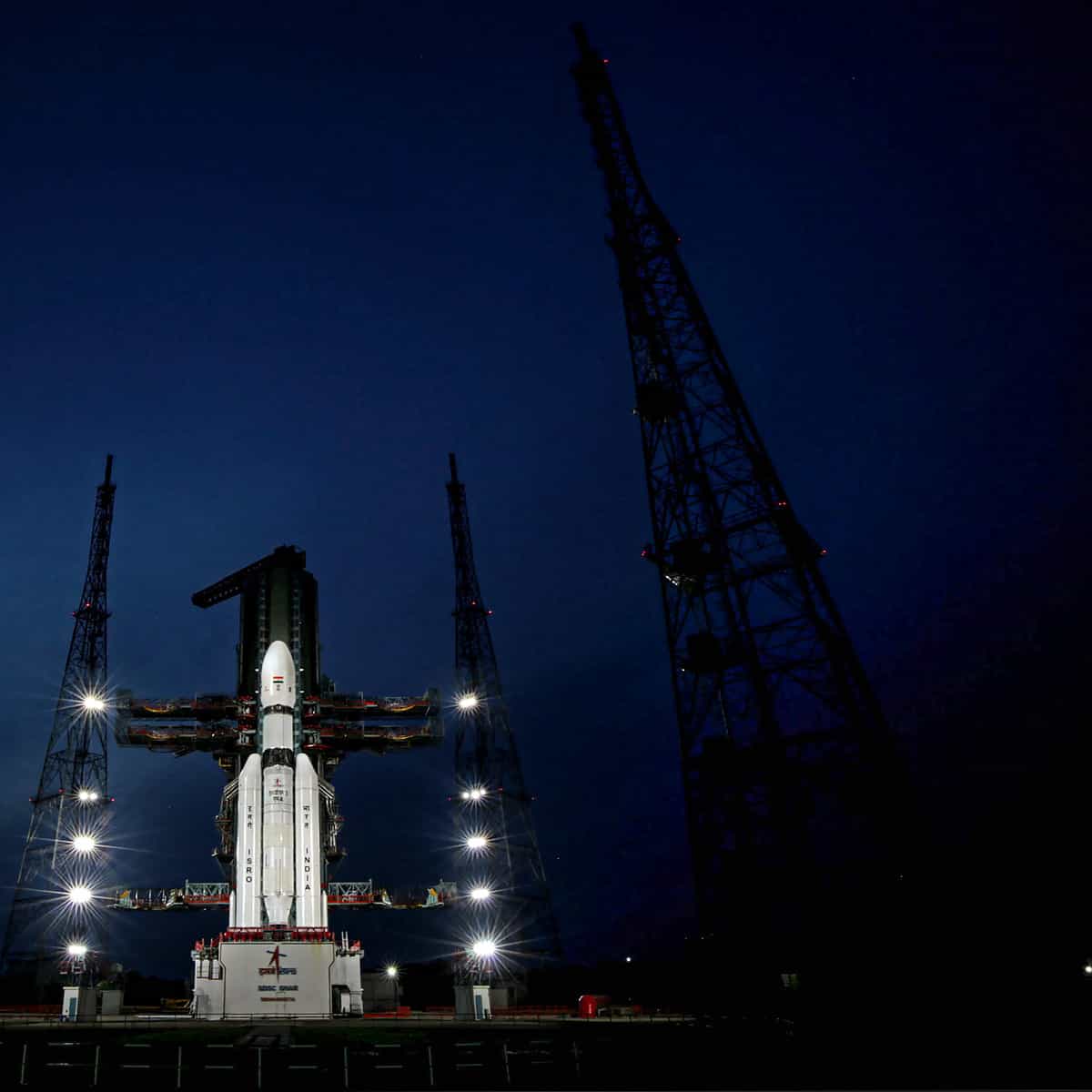
More than a month after its launch, India’s ambitious moon mission, Chandrayaan -3 is set to reach its conclusion with spacecraft Vikram’s landing on the moon’s surface today, August 23. As the whole country comes together to witness this historic moment. Let us recap some of the significant missions launched by India’s premier satellite agency ISRO that have demonstrated India’s domination in space technology.
Chandrayan-1, 2008
Chandrayan-1 was India’s first lunar mission, launched in 2008. It carried varied scientific research tools and contributed to the lunar research. The mission also confirmed the presence of water on the moon’s surface. It discovered evidence of widespread water ice in the permanently shadowed regions of the lunar poles. The mission confirmed the presence of calcium, and gathered the most accurate measurements yet of magnesium, aluminium and iron on the lunar surface.
Gaganyaan, 2008
First conceived in 2008, the project was announced in 2018. One of the primary mandates of the Human Space Flight Centre (HSFC) is to spearhead the Gaganyaan project that envisages demonstration of human spaceflight capability by launching a crew of 3 members to an orbit of 400 km for a 3-day mission and bringing them back safely to earth, by landing in Indian Ocean waters.
Mangalyaan, Mars Orbiter Mission, 2013
Mangalyaan was India’s first interplanetary mission. It successfully reached Mars orbit in 2014 and India became the first Asian nation to achieve this feat. The mission was primarily focused on studying the Martian atmosphere surface, and mineral composition. It provided valuable data on methane presence and its seasonal variation on Mars, among other findings.
Chandrayan-2, 2019
Chandrayan-2 was ISRO’s second lunar mission. The mission consisted of a rover (Pragyan), orbiter and a lander (Vikram). Despite the lander’s failure, the orbiter continues to operate successfully. Chandrayan-2 aimed at studying lunar topography, mineralogy, elemental abundance, lunar exosphere, and signs of water ice. The mission’s instruments detected evidence of water molecules on the lunar surface and also discovered several new lunar craters.
INSAT programme
The Indian National Satellite System (INSAT) was commissioned in 1983, INSAT is the largest domestic communication system in the Indo-Pacific Region. Under this programme a series of multipurpose geostationary satellites were launched by ISRO to aid telecommunications, broadcasting, meteorology, and search and rescue operations across the country. Notable satellites in this series include INSAT-3D, INSAT-3DR, and INSAT-3DS.
Despite operating on a shoestring budget and, at times, under immense bureaucratic pressure, ISRO has consistently produced results. The Chandrayan-3 lunar mission landing shall be another glorious feat in the history of Indian space aviation and will inspire generations of space enthusiasts to come.
